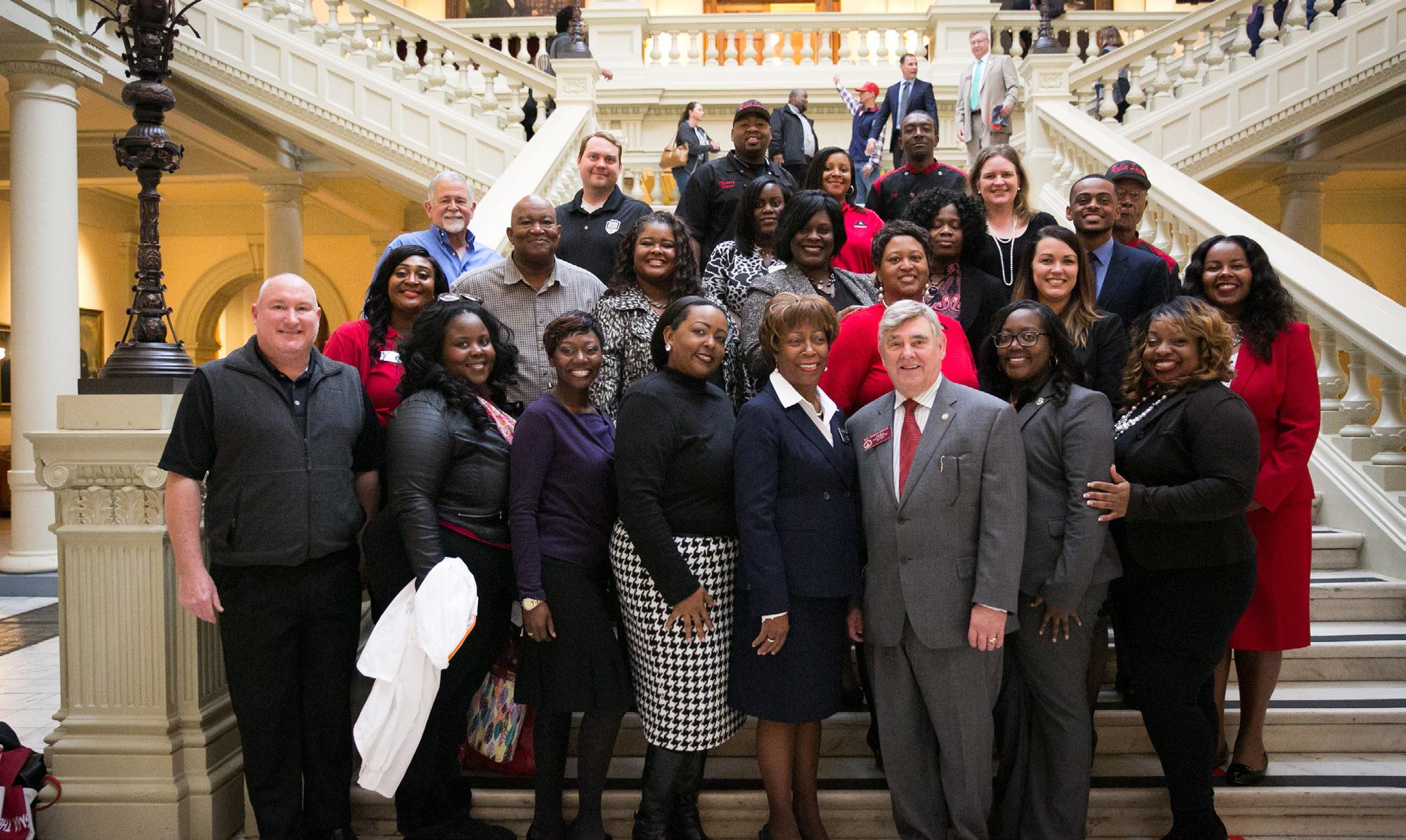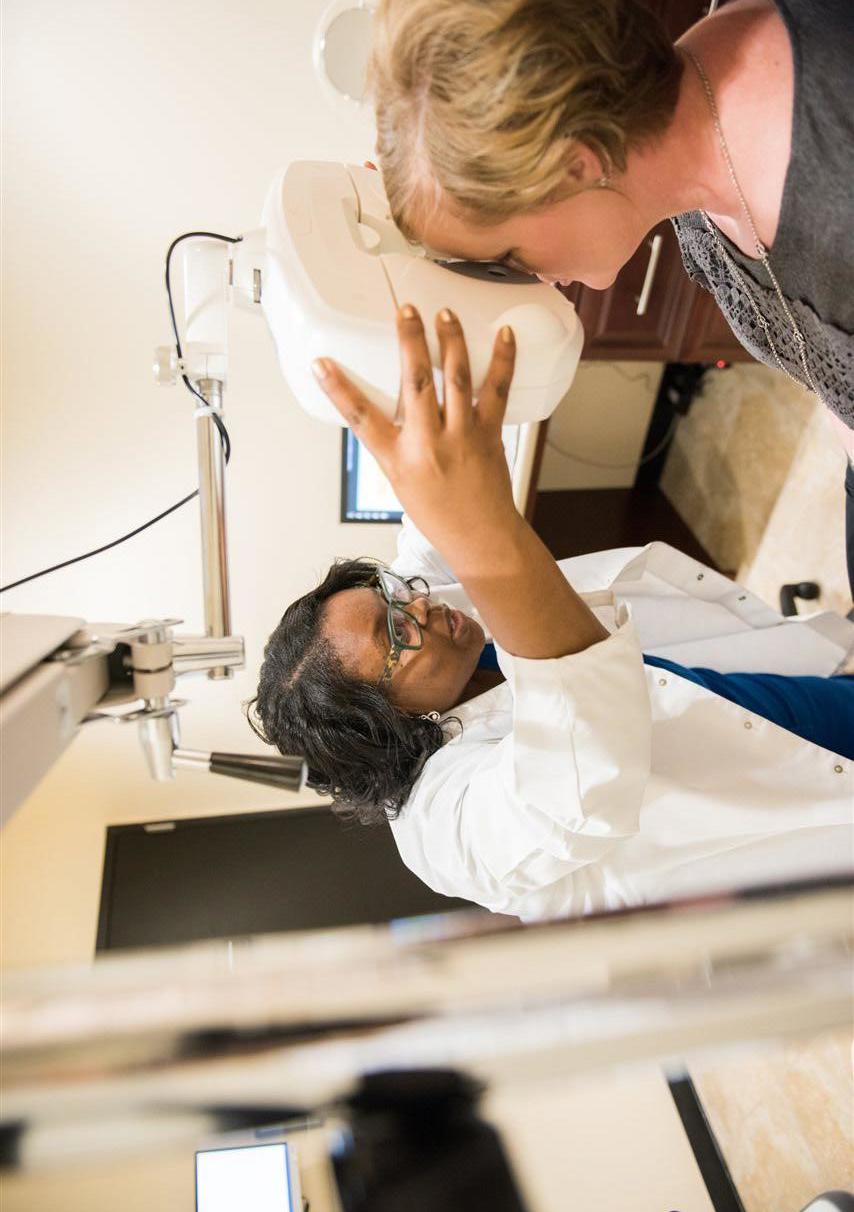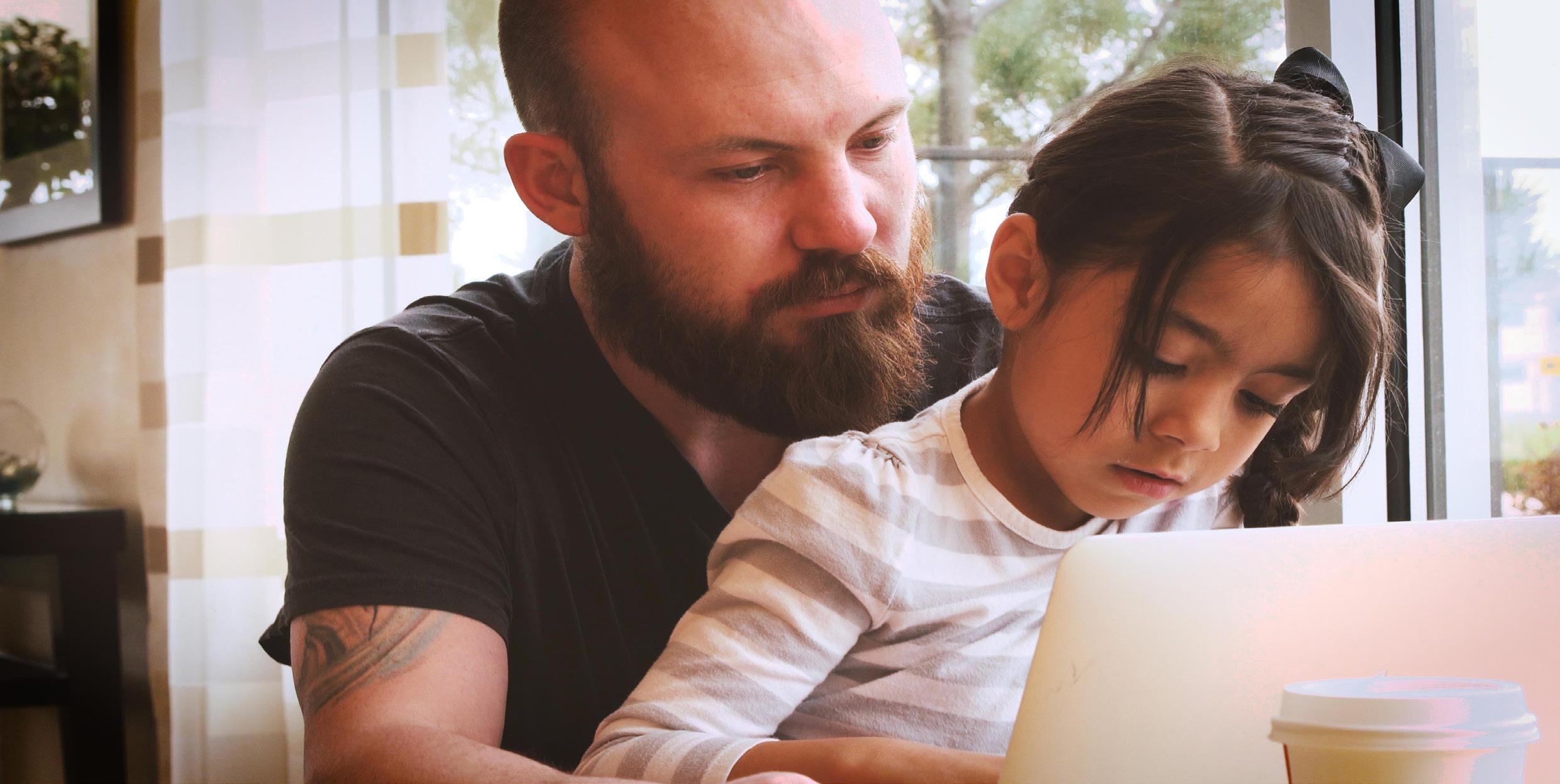
7 minute read
From cancer nurse
Throughout her career, Lindsay Norris had a close connection with cancer, helping others battle the disease. Then one day, it became even more personal. The 33Â-year-Âold oncology nurse still remembers the moment she heard the news of her own diagnosis - Stage 3 colorectal cancer. “I’ve been in those conversations so many times,” she said. “I’ve shared a plan of care so many times. I’ve explained this stuff so many times.” Lindsay knew the cancer journey but now she was the one on the receiving end of the conversation.
Living with cancer While the magnitude of a cancer diagnosis cannot be denied, a Pfizer-sponsored survey of over 1,500 cancer patients and caregivers to assess resources, tools and general perceptions of cancer shows nearly 85 percent of the patients surveyed have a positive outlook on cancer and 83 percent have been inspired to make positive changes in their life following their diagnosis. In fact, nearly 90 percent of patients surveyed believe cancer has forced them to prioritize important things in their life and 3 in 5 patients surveyed said cancer allowed them to discover the “real me.” That said, day-to-day life with cancer is challenging and the same survey shows a majority of those patients and caregivers surveyed say it would be helpful to have an all-in-one mobile tool or app while managing life with cancer, stating some of the most helpful resources would be the ability to keep track of questions that come up during the day (77 percent) and during medical appointments (76 percent), keeping track of medications (71 percent) and being able to communicate with loved ones (71 percent). Pfizer recently launched LivingWith(TM), a free mobile app to help patients and their loved ones manage life with cancer and organize certain important information in one place, which may help to address some of these tasks and communication challenges.
While Lindsay has adjusted some things in her life since her diagnosis, her commitment to her work as a nurse has remained steadfast and each day she comes to the hospital as both patient and professional. “I figured I have to come every day for treatment anyway, so I might as well work,” she said of juggling care for her patients with her own treatment schedule. “I’ve always taken pride in my job and taking care of my patients. I have always tried to put others before myself.”
Of course, like most people with cancer, Lindsay, a mother of two young children, has her good days and her bad days. On her good days she can go without taking a nap and is able to make dinner for the family and enjoy bath time. But on her bad days, she simply can’t enjoy these activities and that’s when her husband steps in to help. The missed opportunities sadden her, but she understands these struggles are part of living with cancer and refuses to let them define her.
She still remembers breaking the news of her diagnosis to her family and her 3Â-year-Âold son Harrison referring to the disease as mom’s “cancer owie.” He said to me, “Mom, after your cancer owies are all gone and you’re done taking your special medicine, you can have a sleepover in my boysÂ-only fort.” Lindsay keeps this goal in mind, and while her battle with cancer is far from over, she’ll have her sleepover in that fort.
Chronicling a patient’s story Lindsay’s story is one of several featured now on ThisIsLivingWithCancer.com, a novel program sponsored by Pfizer that allows people to share inspiring stories and follow along on Facebook and Instagram to receive and share daily stories of inspiration. Lindsay is extremely proud to be part of the campaign and is hoping the LivingWith(TM) app and her story connects with others. “I want to make it a positive experience. And hopefully when my son is an adult he’ll look back and be proud of the way his mom handled it. The best piece of advice I received is to ‘do everything you can today, and then do everything you can tomorrow.’”
Lindsay and others involved in the campaign are interested in the possibilities of the LivingWith app, particularly how it may give patients and caregivers a sense of control when it comes to managing the many aspects of life with cancer such as building a network of support from friends and family to get help with daily tasks, recording and remembering important information from doctor visits and finding information about local events and nutrition articles. It even provides a section to track those “cancer-owies” that Lindsay’s son noted, to help people provide an accurate assessment during their doctor visits. Join Lindsay and others affected by cancer who have downloaded LivingWith(TM) from the Apple App store or Google Play and visit ThisIsLivingWithCancer.com to help you or a loved one manage life with cancer.— From cancer nurse to cancer patient: One woman’s story

5 ways Businesses can Collaborate with the Education Sector to Close the Skills Gap
With U.S. graduation rates being at an all-time high, one might expect employers to have a wealth of qualified candidates to hire. Instead, many employers are finding that these recent graduates are unprepared to succeed in the workforce.
While many are graduating with technical skills, their “soft skills” are lacking. These skills - from professional communication and critical thinking to collaboration and time management - are seen as critical by employers, yet have not historically been taught with consistency or prioritized.
A recent whitepaper commissioned by the U.S. Chamber of Commerce Foundation and AVID (Advancement Via Individual Determination), an education nonprofit that equips students with the necessary soft skills needed to be successful in college and their careers, highlights recent partnerships between the business and education sectors to tackle this skills gap.
“Bridging the Soft Skills Gap: How Employers Can Partner with Educators to Prepare Students for the 21st Century Workforce” offers practical recommendations for businesses to make an impact and profiles strategic partnerships being successfully implemented across the country by Nike, Ernst & Young, Wegmans, Wynn Las Vegas, and the Northern Kentucky Education Council.
According to a 2016 analysis by the Wall Street Journal, 92 percent of nearly 900 surveyed executives said soft skills were as or more important than technical skills, yet 89 percent reported some level of difficulty finding employees who have mastered these skills.
“With almost 6 million unfilled jobs in America, this lack of soft skills hurts workers, businesses and the economy,” says Cheryl Oldham of the U.S. Chamber of Commerce Foundation’s Center for Education and Workforce. “Businesses recognize the critical need for soft skills and are working hard in their communities to help students obtain the skills they need to succeed in the jobs of tomorrow.”
A growing number of companies are focusing on student education as a part of their business strategy. By equipping students with the skills for workplace success, they strengthen their talent pipeline and create shared value. The following insights from the whitepaper offers successful approaches to collaboration between the education and business sectors to help youth become better prepared for their careers. Classroom solutions Investing in classroom solutions empowers teachers to better help young people develop the skills they need in school, work, and life. Since promoting soft skills is less about what is taught than how they are taught, access to hands-on methodology training for educators is vital. Employers can help by ensuring that teachers and administrators across local schools have access to proven professional development programs from established education nonprofits. Mentoring for college and career readiness Businesses can mobilize employees to mentor students based upon a college and career readiness curriculum. Proponents of these mentoring programs say that they enhance employee satisfaction and retention; strengthen the talent pipeline; and contribute to thriving communities. Adopt-a-school In adopting a specific school or school district, businesses typically identify and commit to meeting a holistic set of needs through multifaceted programming, ranging from tutoring and mentoring to specific grants for programming and facilities. Work-based learning Instead of solely offering traditional internships for college students, businesses can partner with high schools to establish pre-employment apprenticeship programs designed to introduce students to workplace demands. The Department of Labor supports employers that establish Registered Apprenticeships to build a robust talent pipeline. Coalition building Building a coalition of representatives from industry, the education system, and the community creates the space for meaningful dialogue about common priorities and unique local challenges. It also facilitates collective action around solutions. MFor more on how the business and education sectors are closing the skills gap, click here to read “Bridging the Soft Skills Gap: How Employers Can Partner with Educators to Prepare Students for the 21st Century Workforce.”—







